The Ecstasy of St. Theresa is a bronze and marble sculpture by Gian Lorenzo Bernini completed between 1647 and 1652.
Under Pope Urban VII, Bernini, who lived in Rome, was the leading sculptor and architect of his day, and benefited from numerous papal commissions. But when Innocent X ascended to the papacy, Bernini’s luck changed. Innocent preferred architect Francesco Borromini. This left Bernini no choice but to seek private commissions.
Around this time, Cardinal Federico Cornaro commissioned him to remodel Rome’s Santa Maria della Vittoria church for a family burial chapel. In a corner of that chapel Bernini set his artists to work on a statue of the Ecstasy of St. Theresa.
The sculpture represents St. Theresa of Avila, who was canonized in 1622. In her writings, she spoke of a vision in which an angel penetrated her heart and body with a fiery “spear of gold,” reawakening her ardor for God. Bernini decided to portray this moment of mystic ecstasy.
Gently sculpted from polished marble, St. Theresa tilts her head back, yielding to a spear-wielding angel. Her clothes are disheveled, her eyes closed, her mouth slightly open. Bernini’s statue reflects mysticism and sensuality, portraying a saint moved by religious zeal in a scene of true ascetic passion.
In addition to his work as an architect, sculptor and painter, Bernini was also a choreographer who liked commanding theatrical effects. He raised the sculpture, making it seem as if it were on a stage. The overall effect was spectacular: The saint, suspended on a cloud, appeared to rise into the sky.
On two small neighboring stages, statues representing the artwork’s patrons watch the scene unfold, exactly as if they were a theater audience.
Higher up in the cupola a hidden window yielded a semicircle of golden rays that crowned the sculpture. This small window flooded the scene with natural light, creating a dramatic chiaroscuro effect.
Bernini rendered the spirit of 17th-century Baroque not merely through his suggestive representation of St. Theresa,
but by placing the statue in harmony with the architectural space around it, creating an enduring theatrical effect.
The Ecstasy of St. Theresa can still be seen in the Cornaro Chapel of the church of Santa Maria della Vittoria in Rome.
Under Pope Urban VII, Bernini, who lived in Rome, was the leading sculptor and architect of his day, and benefited from numerous papal commissions. But when Innocent X ascended to the papacy, Bernini’s luck changed. Innocent preferred architect Francesco Borromini. This left Bernini no choice but to seek private commissions.
Around this time, Cardinal Federico Cornaro commissioned him to remodel Rome’s Santa Maria della Vittoria church for a family burial chapel. In a corner of that chapel Bernini set his artists to work on a statue of the Ecstasy of St. Theresa.
The sculpture represents St. Theresa of Avila, who was canonized in 1622. In her writings, she spoke of a vision in which an angel penetrated her heart and body with a fiery “spear of gold,” reawakening her ardor for God. Bernini decided to portray this moment of mystic ecstasy.
Gently sculpted from polished marble, St. Theresa tilts her head back, yielding to a spear-wielding angel. Her clothes are disheveled, her eyes closed, her mouth slightly open. Bernini’s statue reflects mysticism and sensuality, portraying a saint moved by religious zeal in a scene of true ascetic passion.
In addition to his work as an architect, sculptor and painter, Bernini was also a choreographer who liked commanding theatrical effects. He raised the sculpture, making it seem as if it were on a stage. The overall effect was spectacular: The saint, suspended on a cloud, appeared to rise into the sky.
On two small neighboring stages, statues representing the artwork’s patrons watch the scene unfold, exactly as if they were a theater audience.
Higher up in the cupola a hidden window yielded a semicircle of golden rays that crowned the sculpture. This small window flooded the scene with natural light, creating a dramatic chiaroscuro effect.
Bernini rendered the spirit of 17th-century Baroque not merely through his suggestive representation of St. Theresa,
but by placing the statue in harmony with the architectural space around it, creating an enduring theatrical effect.
The Ecstasy of St. Theresa can still be seen in the Cornaro Chapel of the church of Santa Maria della Vittoria in Rome.
RELATED
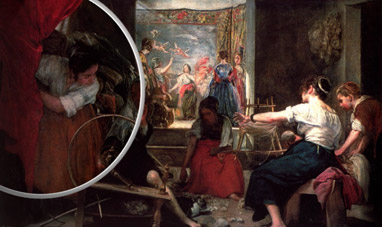

LAS HILANDERAS


ROMANTICISM
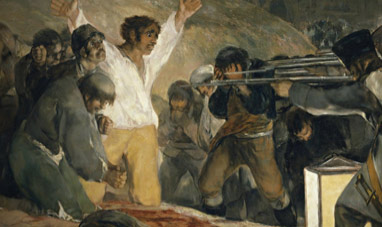

THE THIRD OF MAY 1808: THE EXECUTION OF THE DEFENDERS...
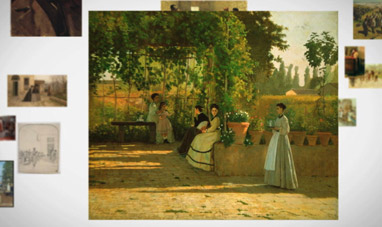

THE MACCHIAIOLI
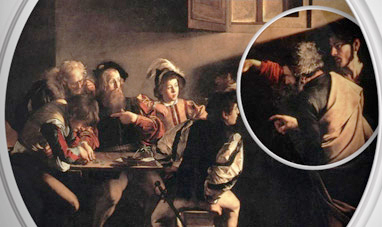

THE CALLING OF ST. MATTHEW


FRANCESCO BORROMINI


DISQUIETING MUSES


STARRY NIGHT
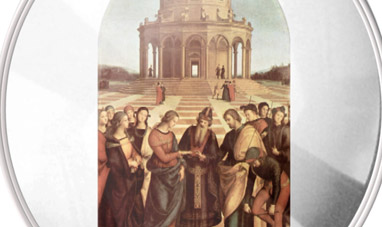

THE MARRIAGE OF THE VIRGIN


BAROQUE


LAS MENINAS
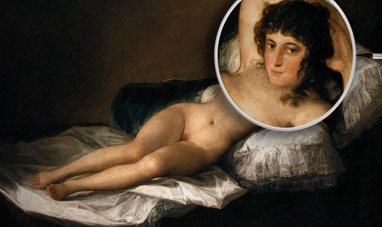

THE NUDE MAJA
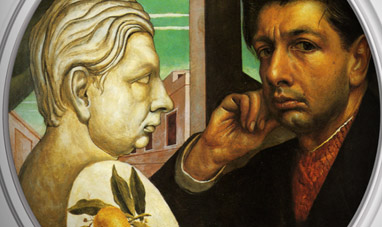

SELF PORTRAIT (GIORGIO DE CHIRICO)
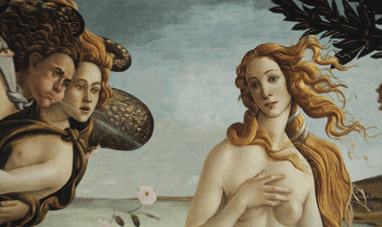

THE RENAISSANCE
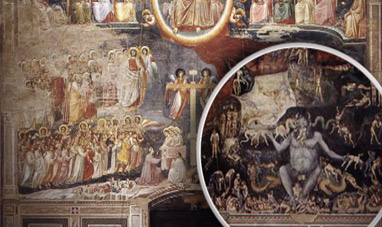

SCROVEGNI CHAPEL
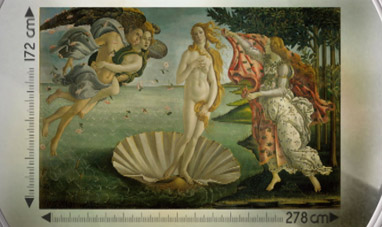

THE BIRTH OF VENUS
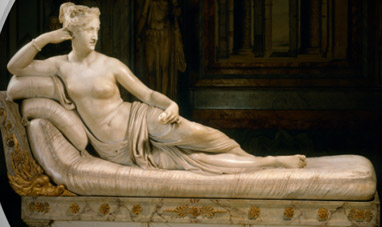

PAULINE BORGHESE
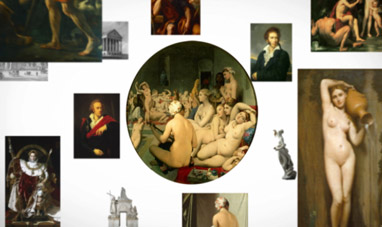

NEOCLASSICISM
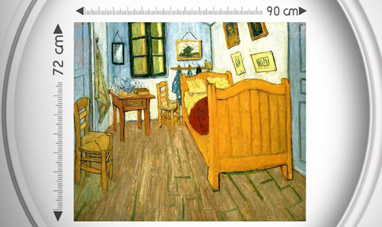

THE BEDROOM
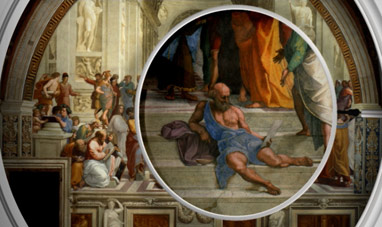

THE SCHOOL OF ATHENS


IMPRESSIONISM


INNOCENT X
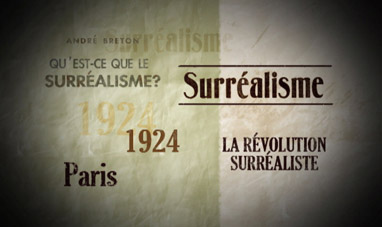

SURREALISM


ST. PETER'S BALDACHIN


YOUNG BOY WITH A BASKET FRUIT
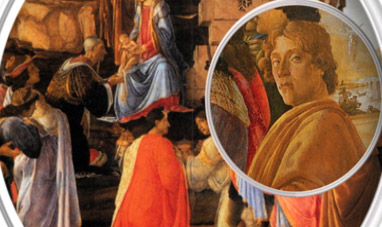

THE ADORATION OF THE MAGI
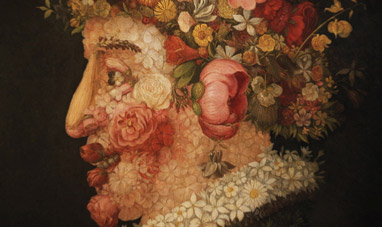

MANNERISM


LADY WITH AN ERMINE
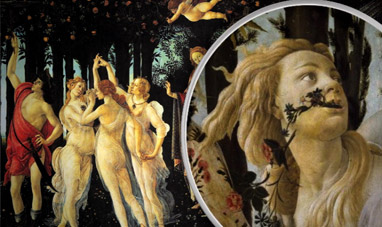

PRIMAVERA
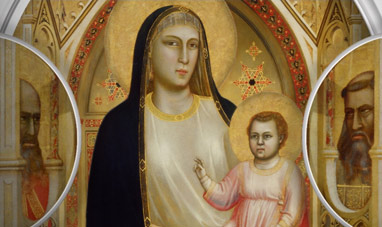

THE MADONNA DI OGNISSANTI


DREAM CAUSED BY THE FLIGHT OF A BEE AROUND A...


SOLOMON R. GUGGENHEIM MUSEUM
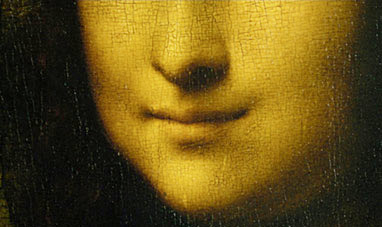

THE MONA LISA
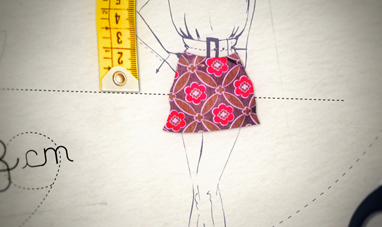

MINISKIRT
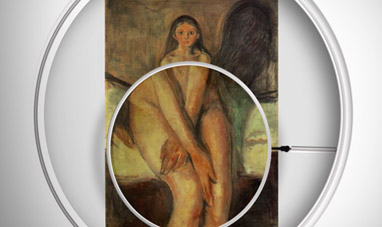

PUBERTY


GIOTTO-S-FRESCOES-IN-THE-ASSISI-CATHEDRAL
